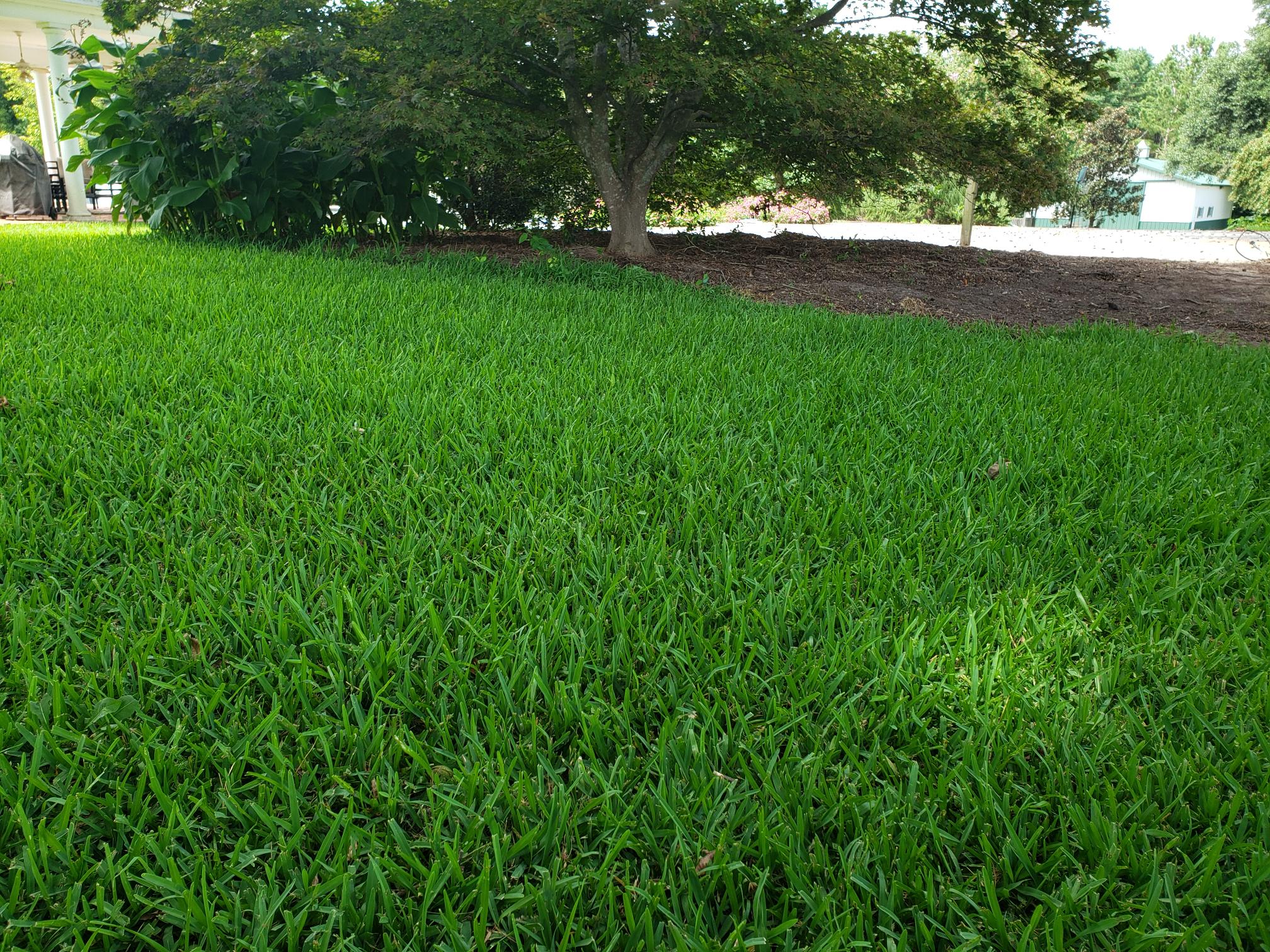
Augustine grass ( Stenotaphrum secundatum) is a perennial grass species that’s popularly grown on lawns due to its dense growth pattern. Argentine Bahia is noticeably darker than other Bahia grass cultivars and also forms thicker sod. There are four common Bahia grass cultivars namely Pensacola, Argentine, Common, and Paraguay Bahia grass. Bahia grass rhizomes are typically red or pink in color.īahia grass produces large quantities of seeds, with the number of seeds produced slightly varying depending on the variety. The rhizomes are usually located just below the ground surface and appear as clumps. Bahia grass leaves typically fold to form open canopies.īahia grass grows aggressively through lateral-growing, underground stems known as rhizomes, which is why it’s listed as an invasive grass species. The leaf blades of this grass species are light green in shade and are coarse-textured. Note: The clustered flowers on Bahia grass are usually small in size and are black or dark-brown in color.

The two V-shaped spikes on every Bahia grass plant form at the tip of the flower stalk and are basically stems with clustered flowers on them. Its most unique identifiers are the V-shaped seed heads. Bahia grass Identificationīahia grass, also referred to as Highway grass, is an evergreen, warm-season turf grass species that’s native to Central America. Of the two, Bahia is more drought-tolerant and requires less water than St. Augustine grass has broad coarse, blue-green leaves. Bahiagrass has crow-shaped, light green leaves while St.

Augustine grass is the color and shape of leaves. The main difference between Bahia grass and St. However, despite this and a few other similarities, there are significant differences between these two grass varieties. Augustine grass and Bahia grass are two warm-season turf grasses that both grow well in warm and sunny conditions.


 0 kommentar(er)
0 kommentar(er)
